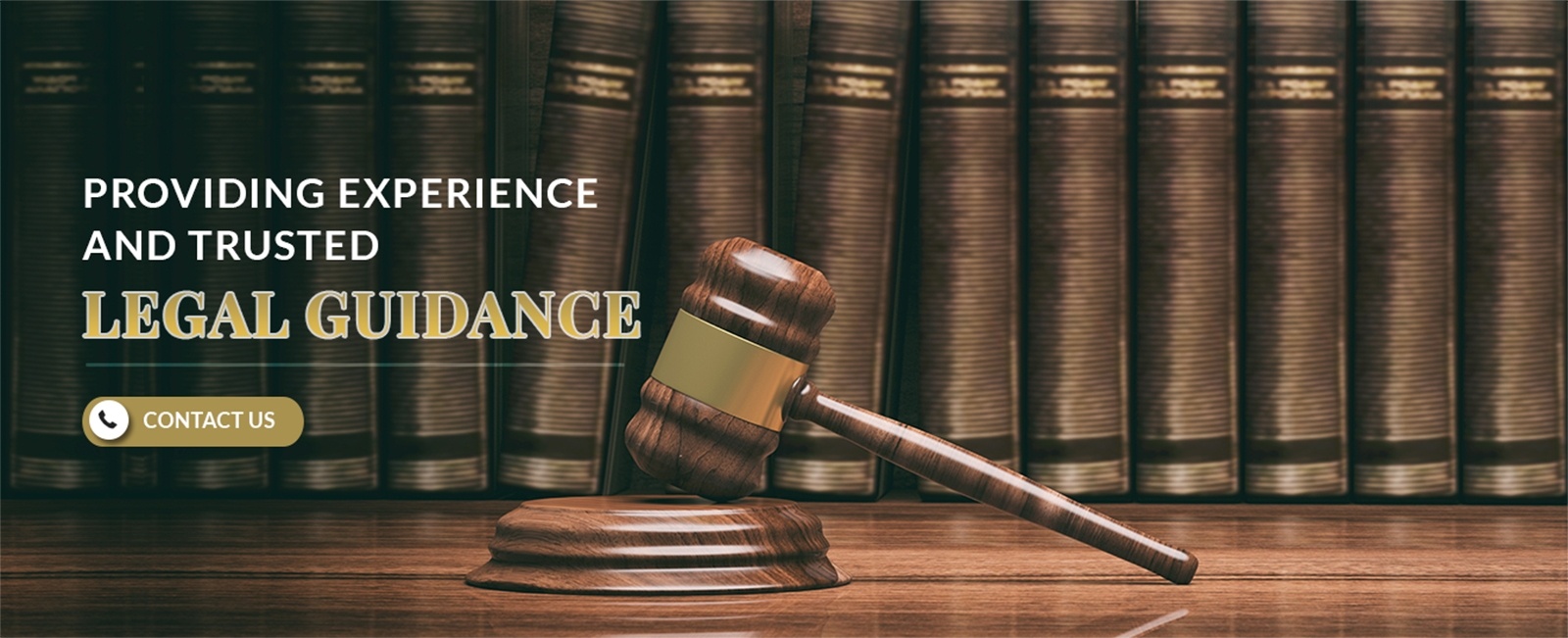
WILLING TO TRUST: The use of Trusts in Estate Planning
It is estimated that, over the next several years, assuming present life expectancies and relative economic calm, (notice I said “relative”) the Canadian Baby Boomers will inherit over 1 trillion dollars. And, by extension, the much smaller millennial generation will inherit even more. Particularly in larger estates, corporations and trusts are often used to avoid or defer various types of tax, and to organize more clearly the intentions of the testator.
In general terms, Ontario law recognizes three types of legal entities: the individual(you and me), the corporation (public or private, profit or non-profit) and the Trust. Again, in very general terms, Ontario Law recognizes two types of Trusts: Inter Vivos ( established during the lifetime of the person creating the trust) and Testamentary ( contained within the will of the person creating the trust and effective only upon their death). The person who creates the trust is called the Settlor; the person for whom the trust is created is called the Beneficiary; the person who manages the trust is called the Trustee.




